Are you looking for interesting facts about Australia to weave into your lessons about Australian history and geography? You may want to start each day with an interesting fact to engage your students before diving into work, or maybe you’re looking for a quick fact about Aus that makes a great lesson hook. Either way, we’ve got you covered!
Australia is a gold mine for wild and wacky nuggets of knowledge, and the Teach Starter teacher team has compiled some of our favourite facts about the land down under. Read on for answers to kids’ curious questions about Straya, including ‘how big is Australia’ and ‘is Australia an island?’ You’ll also learn which part of Australia gets more snow than the Swiss Alps and where scientists found the world’s largest dinosaur footprints.
Plus, scroll to the end to find teacher-approved ways to weave these facts into your lesson planning.
Fun Facts About Australia for Kids
1. Australia is home to one of the world’s seven natural wonders! The Great Barrier Reef is the world’s most extensive collection of coral reefs and spans 2300 km along the northeastern coastline. It is so massive that it can be seen from outer space!
2. Just how big is Australia? Well, it is approximately 7.7 million square km, making it the sixth largest country in the world.
3. Is Australia an island? The answer is complicated! Although it’s often called an island continent because it is surrounded by water, geographers define islands and continents as two different things, which means Australia can’t technically be an island.
4. Australia is home to the world’s largest sand island! K’gari (Fraser Island), along Queensland’s south-eastern coast, is more than 120 km long — around 6000 times as long as a cricket pitch.
5. You might have seen videos of people around the world reacting to the variety (and size!) of lethal animals in Australia, and they’re not wrong. Twenty-one of the 25 most venomous snakes in the world are all from Australia. Yikes.
6. Although it’s home to some of the world’s most deadly animals, Australia also has some of the most distinctive species. According to Nature Australia, more than 80 percent of floral and fauna are unique to Australia, which means they are not found anywhere else in the world. That includes the kangaroo, platypus, koala and echidna.
7. Australia has two official flags! The official Australian National Flag is blue with a Union Jack in the upper left and a series of stars, Aussie registered merchant ships fly a red version of the flag when they’re at sea.
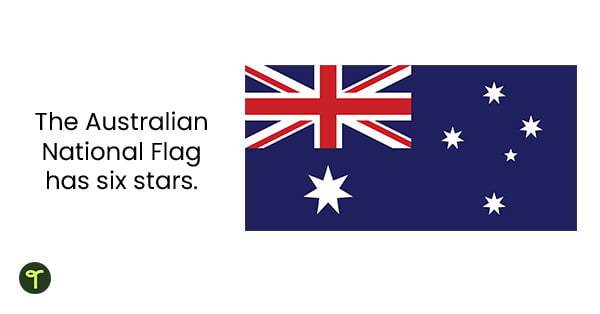
8. There are 516 national parks across Australia to house abundant unique animals and plants.
9. The Daintree Rainforest in Far North Queensland is the world’s oldest surviving tropical rainforest and is believed to be 180 million years old.
10. The native Australian platypus and echidna are the only two mammals worldwide that lay eggs rather than give birth to live young.
11. Australia has the world’s smallest penguin species! The Fairy Penguin grows to approximately 30 cm in height and can be found along the coastlines of South Australia and New Zealand.
12. The highest mountain in Australia is Mount Kosciuszko, which is around 2228 metres high. That is around one-fourth as tall as Mount Everest!
13. Australia is the only country in the world that is also a continent!
14. Step aside Gotham City; there’s a small town in Victoria called Batman!
15. Have you ever heard about the Great Artesian Basin? It’s the largest underground water source in the world and lies beneath four Australian states — the Northern Territory, Queensland, New South Wales and South Australia. It holds enough water to fill the Sydney Harbour 130 000 times over!
16. Australia has a naturally bright pink lake! Located in Western Australia, the pink lake is called Lake Hillier. The unusual colour is due to the presence of algae and high salt content.
17. Australia’s most extended mountain range is called the Great Dividing Range. It is more than 3500 km long and runs along most of the East Coast. That’s about eight times as long as the Grand Canyon in America!
18. Did you know Australia has the world’s highest population of wild Arabian camels, with more than 1 million? We have so many feral camels roaming around in the Outback that they are considered pests.
19. If you’ve ever seen Uluru, you would have been gob-smacked by its size. While it stands at around 318 metres above ground level, it’s believed that the bottom of the rock extends another 2.5 km underground.

Uluru is sometimes called Australia’s most natural icon.
20. The world’s largest dinosaur printprints have been found in Western Australia. Measuring about 1.75 metres long, the prints are believed to have belonged to a ‘sauropod,’ a long-necked herbivore. The area where the prints were found has now been dubbed ‘Australia’s Jurassic Park!’
21. Take a moment to think about how scorching hot the Australian summer is … now read on … the Australian Alps, situated in Victoria, get more snow in the winter months than the whole of Switzerland. Australia’s climate is wild!
22. If you’ve ever seen a termite mound while exploring rural areas, you may have been astounded by their sheer height. Some mounds, known as ‘cathedral’ termite mounds in Australia, can reach 8 metres high and are among the tallest animal-made structures in the world.
23. Australia has the longest fence in the world. The Dingo Fence in Australia stretches over 5600 km. As you might have guessed, the fence travels across three states and is designed to keep dingoes out of fertile farmland.
24. Have you ever heard of the Great Emu War? It may sound like a folk tale, but it’s an actual historical event! It all went down in 1932 when the Australian military was deployed to manage the emu population in Western Australia. Surprisingly, the emus confounded the soldiers with their unexpected cleverness and ability to outmaneuver them.
25. Australia is home to the world’s longest straight road! Eyres Highway, which connects South Australia to Western Australia, has the longest straight stretch of road, covering 146.6 km without a bend.
26. You might have a baa-lly laugh over this one, but there are around three times more sheep in Australia than people!
27. Despite the large land mass, 90 percent of the population resides around the Australian coastlines. This is because central Australia is mainly made up of dry desert, known as the Outback.
28. The buried remains of more than 1600 Dutch, British and Portuguese ships can be found under the water along the Western Australian coastline. That’s more shipwrecks in one place than anywhere in the world except Bermuda.
How to Use Interesting Facts About Australia in Your Classroom
Now that you’ve read our list of fun Australian facts, you might be thinking of ways to weave them into your classroom. Here are a few teacher-approved ideas to help you get started, including activities that will address year 3 science standards, English standards for year 4 and more.
- Complete an Interactive Map Activity – Explore landmarks and significant locations in Australia with your year 5 or 7ear 6 students! Choose one of these Australia maps, and have students place markers on specific locations related to the facts. For example, they can mark where the Great Barrier Reef is located, the extent of the Dingo Fence or the location of Uluru. You can project a map onto your whiteboard, and complete this activity as a class with students placing sticky notes on the locations, or assign this as a group activity!
- Create Australian Travel Brochures – Add this to your year 4 lesson plans to assess your students’ information synthesis and presentation skills! Have students create a travel brochure for a region in Australia, researching and highlighting its key attractions, wildlife and unique features based on the list of fun facts. When they’re done, why not create an interactive display in a common area of your school building with the brochures? Students can lift up the flaps to learn fun facts about their home country!
- Make Australian Wildlife Habitat Dioramas – Do you need a year 3 science activity that explores ecosystems, habitats and biodiversity? Students can create dioramas of Australian animal habitats, focusing on unique ecosystems like the Outback, rainforests or the Great Barrier Reef. They can research and replicate the specific environment, including climate, vegetation and wildlife.
- Play an Australian ‘Survivor’ Challenge – Organise a fun, educational ‘Survivor ‘-style challenge with activities and trivia related to Australian geography, wildlife and history. This could include teamwork challenges, problem-solving tasks and physical activities.



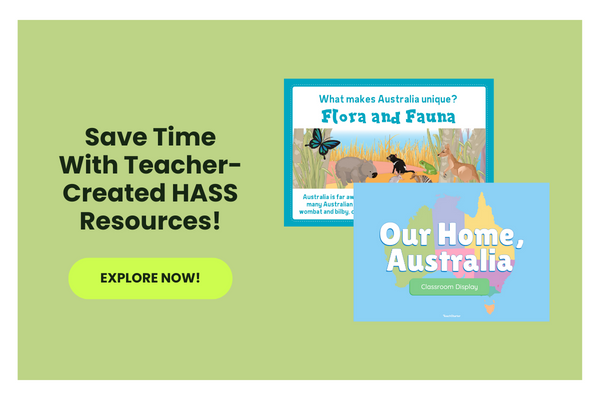
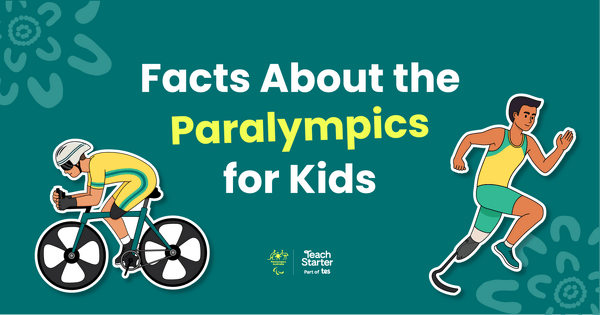


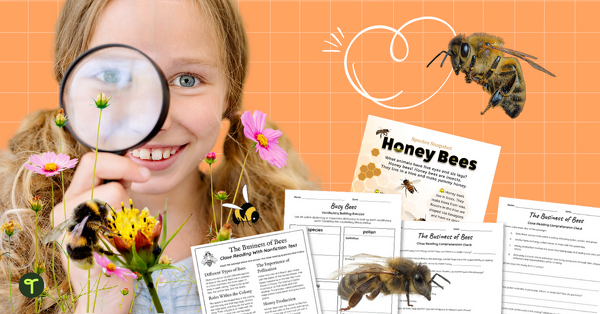
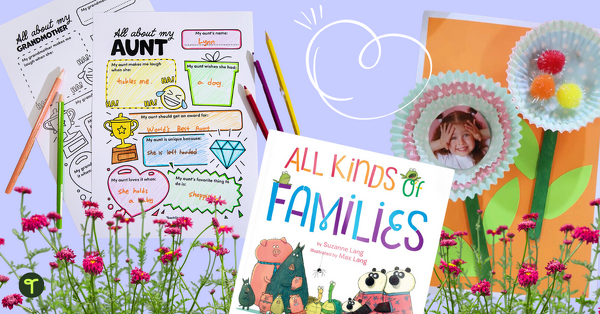
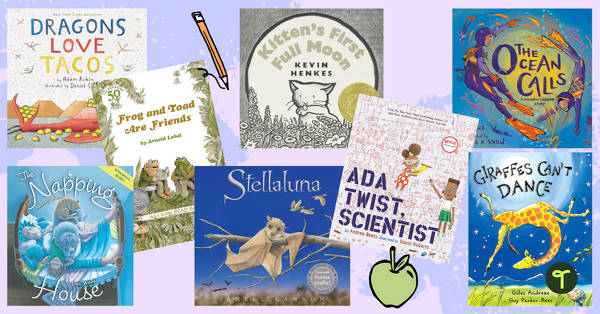
Comments